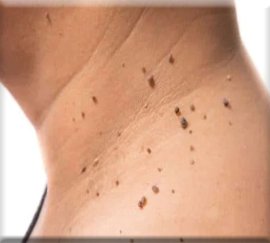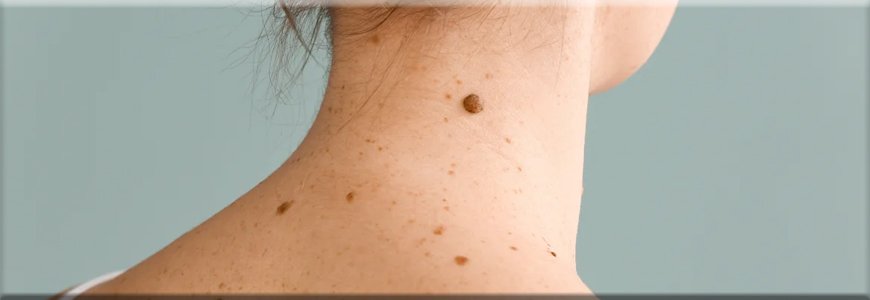What is the best treatment for moles?
The treatment for moles largely depends on various factors such as their size, location, and whether they are cancerous or benign. It's crucial to consult a dermatologist for proper evaluation and personalized treatment recommendations. However, some common treatment options for moles include observation, surgical removal, and home remedies.
Observation is often recommended for moles that are small, symmetrical, and show no signs of change over time. Regular monitoring of these moles is essential to detect any potential changes that may indicate skin cancer development. Dermatologists typically advise patients to perform self-examinations and schedule regular check-ups to track mole changes.
Surgical removal is a common option for moles that are bothersome, suspicious, or cosmetically undesirable. The procedure involves cutting out the mole and stitching the skin closed. This method ensures complete removal of the mole and allows for further examination under a microscope if necessary. Surgical removal is typically performed in a dermatologist's office using local anesthesia and is associated with minimal scarring.

Another treatment option for moles is laser therapy, which uses focused laser beams to break down the pigment in the mole. Laser therapy is often preferred for smaller moles and those located on the face or other sensitive areas. It usually requires multiple sessions for optimal results and may cause temporary redness, swelling, or crusting.
Cryotherapy, or freezing the mole with liquid nitrogen, is another common treatment method. During the procedure, the dermatologist applies liquid nitrogen to the mole, causing it to blister and eventually fall off. Cryotherapy is a quick and relatively painless procedure, but it may cause temporary discoloration or scarring.
Some individuals opt for home remedies such as apple cider vinegar, garlic, or various topical creams to remove moles. While these methods are often touted as natural alternatives, their efficacy and safety are not well-supported by scientific evidence. Furthermore, self-treatment may lead to complications such as infection or scarring, highlighting the importance of seeking professional medical advice.
the best treatment for moles depends on individual factors and should be determined in consultation with a dermatologist. While observation may suffice for some moles, others may require surgical removal, laser therapy, cryotherapy, or other medical interventions. It's crucial to prioritize safety and efficacy when considering treatment options for moles, and to follow up with regular skin examinations to monitor for any changes.







